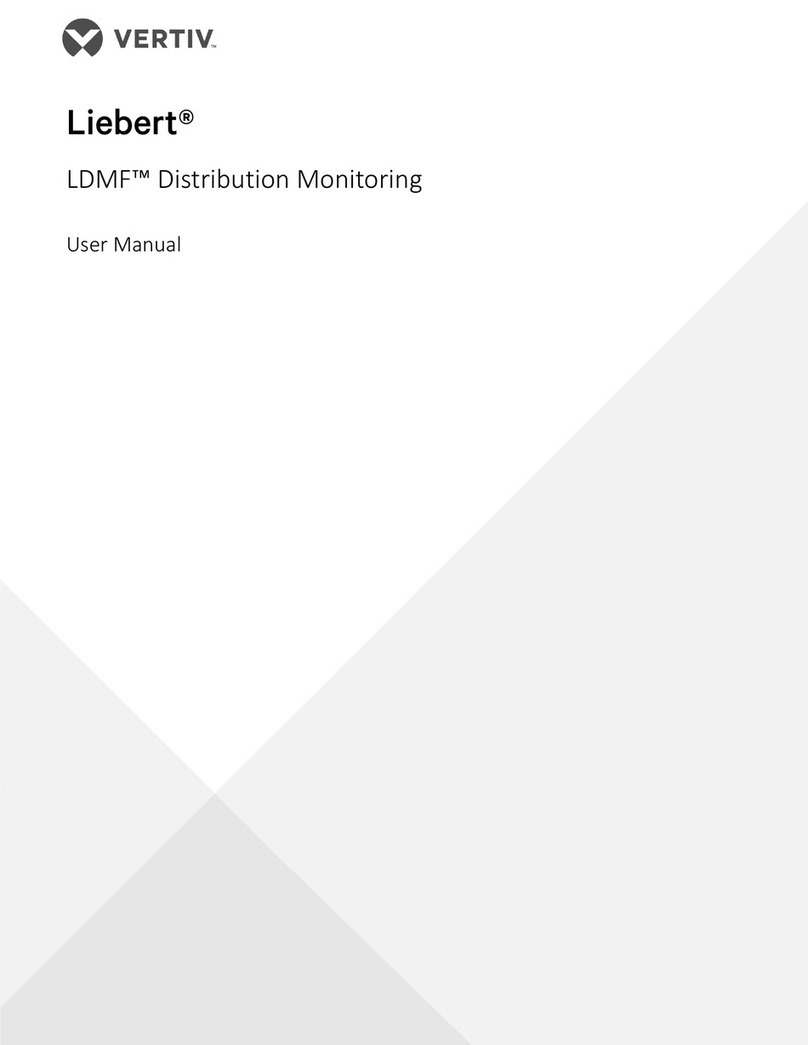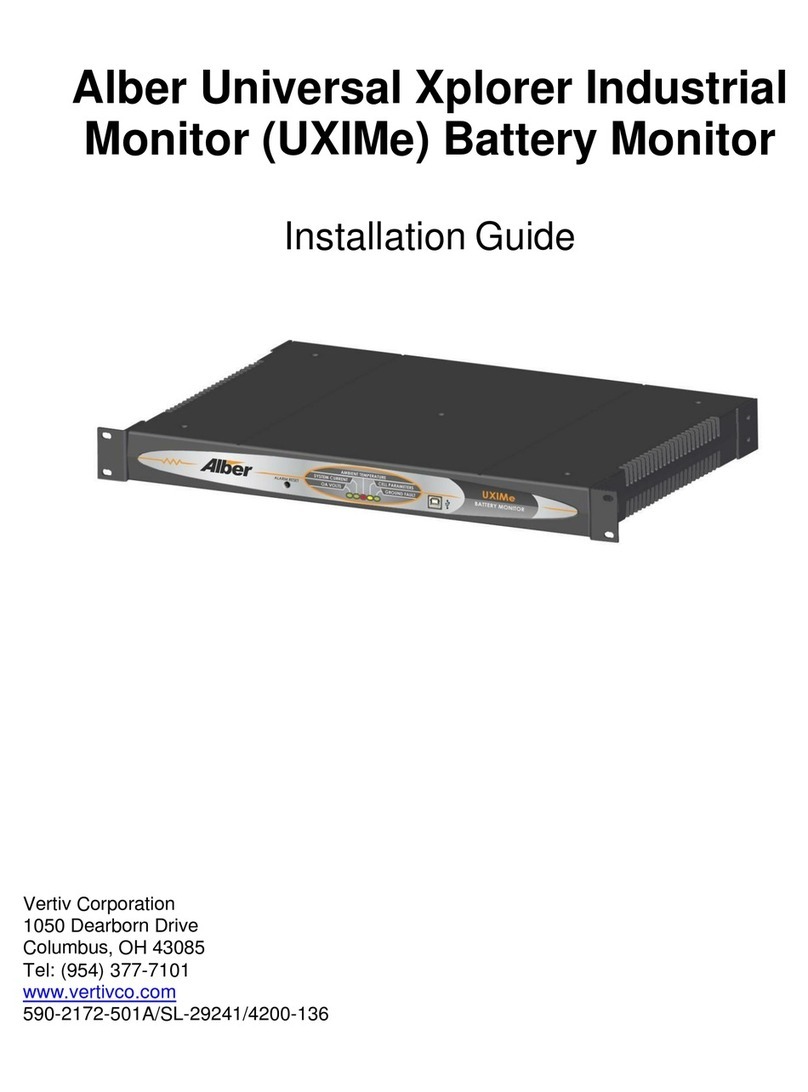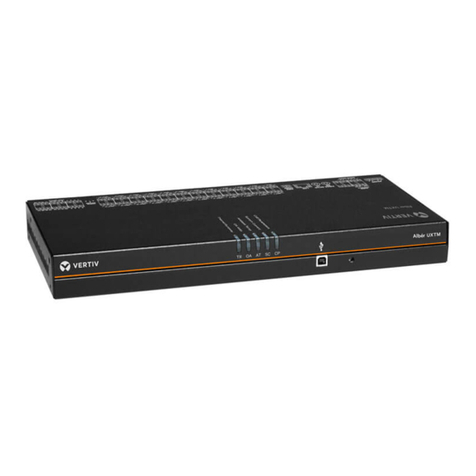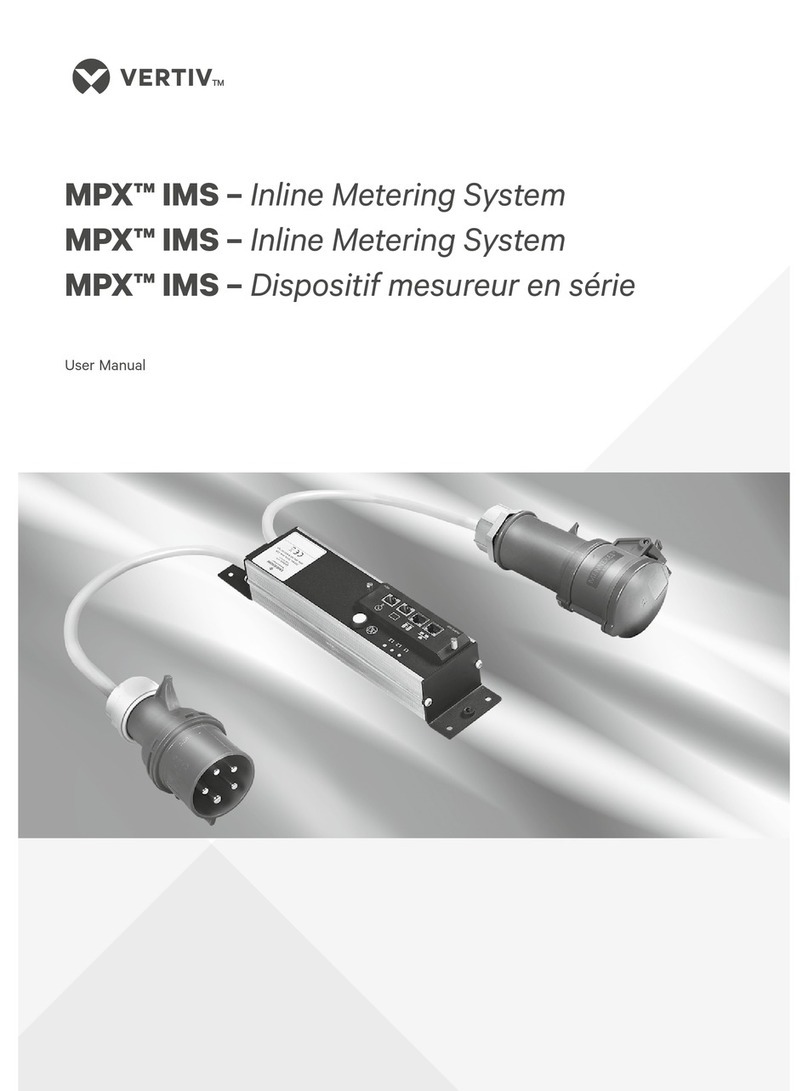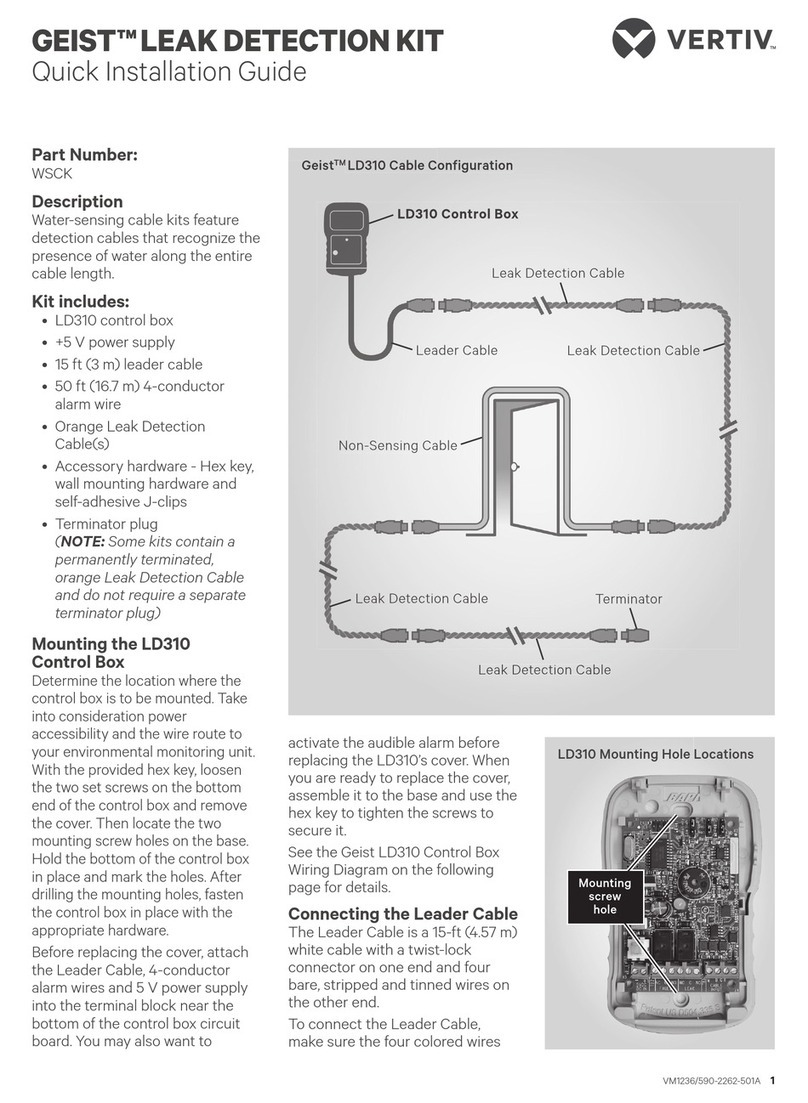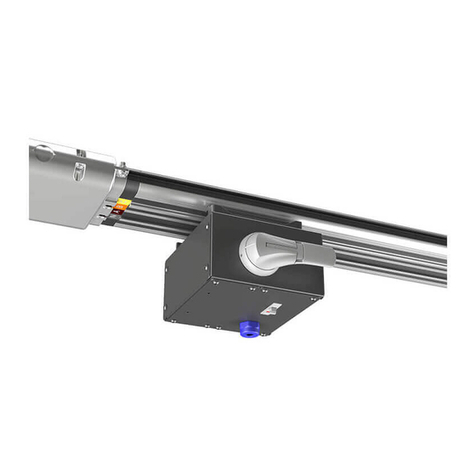Table of Contents
1. Product Description.....................................................................................................1-1
1.1 ELS Sensor Module System Features................................................................... 1-1
1.2 ELSi Interface Module System Features................................................................ 1-1
1.3 ELS Temperature Control Module (ETCM) System Features ................................ 1-2
2. Materials Received List ...............................................................................................2-1
2.1 Parts List ............................................................................................................... 2-1
2.2 Optional Parts List ................................................................................................. 2-3
3. ELSi Interface and ELS Sensor Module Connection.................................................3-1
3.1 Connecting the ELSi Interface Module................................................................... 3-1
3.2 Mounting the ELS Sensor on the Battery Case...................................................... 3-2
3.3 Connecting the ELS Sensor Module...................................................................... 3-4
3.4 Calibrating the ELS Sensor module....................................................................... 3-5
3.5 Testing the ELS Sensor Module ............................................................................ 3-6
3.6 Troubleshooting..................................................................................................... 3-7
4. Monitoring the ELSi Interface Module and ELS Sensor Configuration....................4-1
4.1 ELSi Interface Module and ELS Sensor Configuration Diagram............................. 4-1
5. Optional ELS Temperature Control Module...............................................................5-1
5.1 About the ELS Temperature Control Module ......................................................... 5-1
5.2 Connecting the ELS Temperature Control Module................................................. 5-1
5.3 ELS Temperature Control Module Configuration Diagram..................................... 5-2
6. Specifications ..............................................................................................................6-1
6.1 ELSi Interface Module ........................................................................................... 6-1
6.2 ELS Sensor Module............................................................................................... 6-1
6.3 Optional ELS Temperature Control Module ........................................................... 6-2

